Pairs of Preferences
How do you see yourself?Use the images and text to identify your four MBTI preferences.
There are four pairs of preferences:
Focus and source of energy: Extraversion (E) or Introversion (I)
Preference for acquiring information: Sensing (S) or Intuiting (N)
Preference for making decisions: Thinking (T) or Feeling (F)
Preferred way of interacting with the world: Judging (J) or Perceiving (P)
It is important to make a decision about your own preferences outside of what any formal assessment tool may indicate. Use your reaction to both the text that describes each pair of preferences as well as to the paintings to determine which of each pair fits you the best.
Pick one letter that seems most like you from each pair. You will end up with a 4 letter code that indicates your MBTI type.
Focus and source of energy
Extraversion (E)
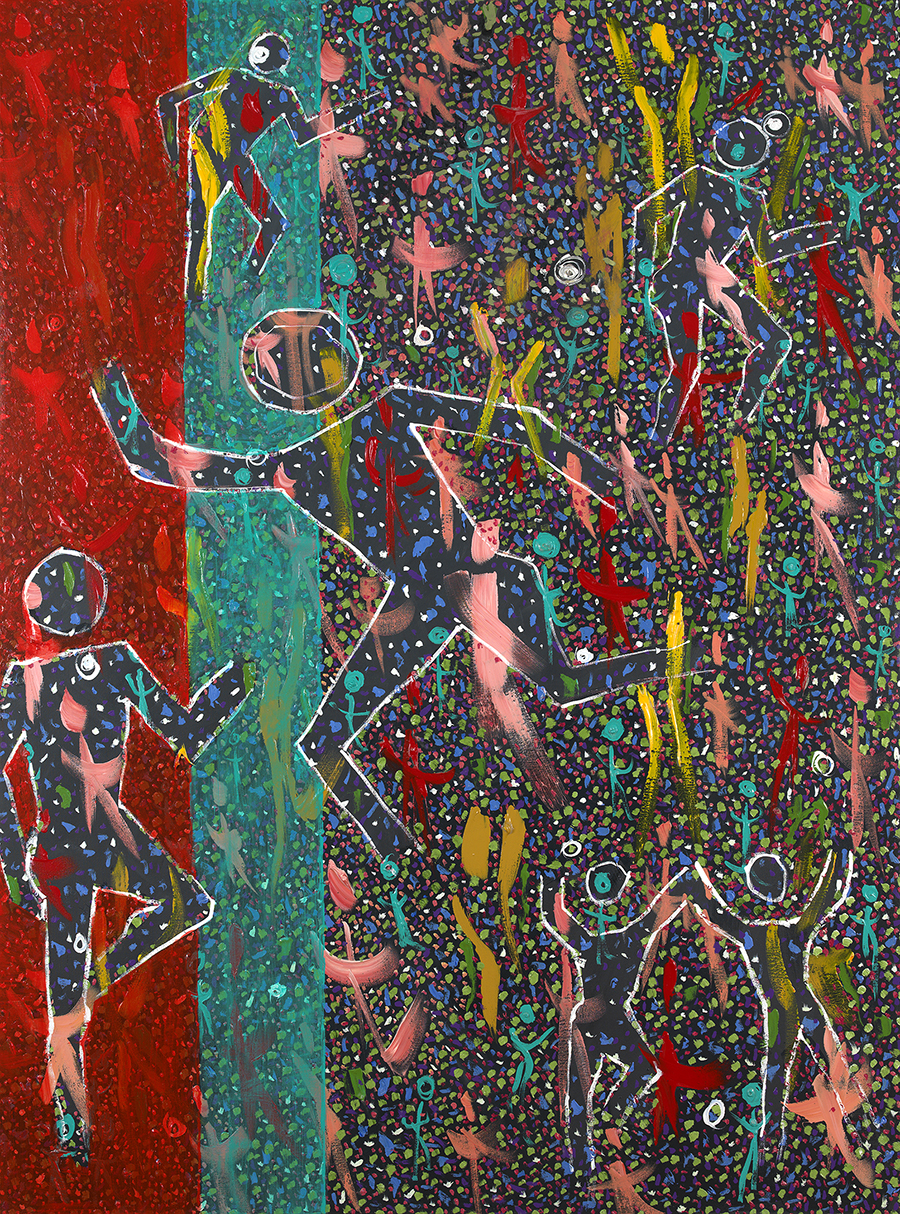
People who have a preference for Extraversion focus on the external world of people and things. They may:
- Communicate energy and enthusiasm
- Speak—think—speak
- Focus of talk is on people, and things in the external environment
- Seek opportunities to communicate in groups
- Prefer face to face over written interactions
- In meetings, like talking out loud before coming to conclusions
- Act first, think later
- Initiate social interactions
- Enjoy interacting with lots of people
Introversion (I)

People who have a preference for Introversion focus on the inner world of ideas and impressions. They may:
- Keep energy and enthusiasm inside
- Think—speak—think
- Enjoy in-depth, one-on-one relationships
- Like to concentrate for long periods of time
- Prefer written over “face-to-face” communication
- Think first, act later
- Prefer to connect with the task, not necessarily with other people
- Keep feelings and interests to themselves, sorting issues on their own
- In meetings, verbalize only well-thought-out conclusions
Preference for acquiring information
Sensing (S)
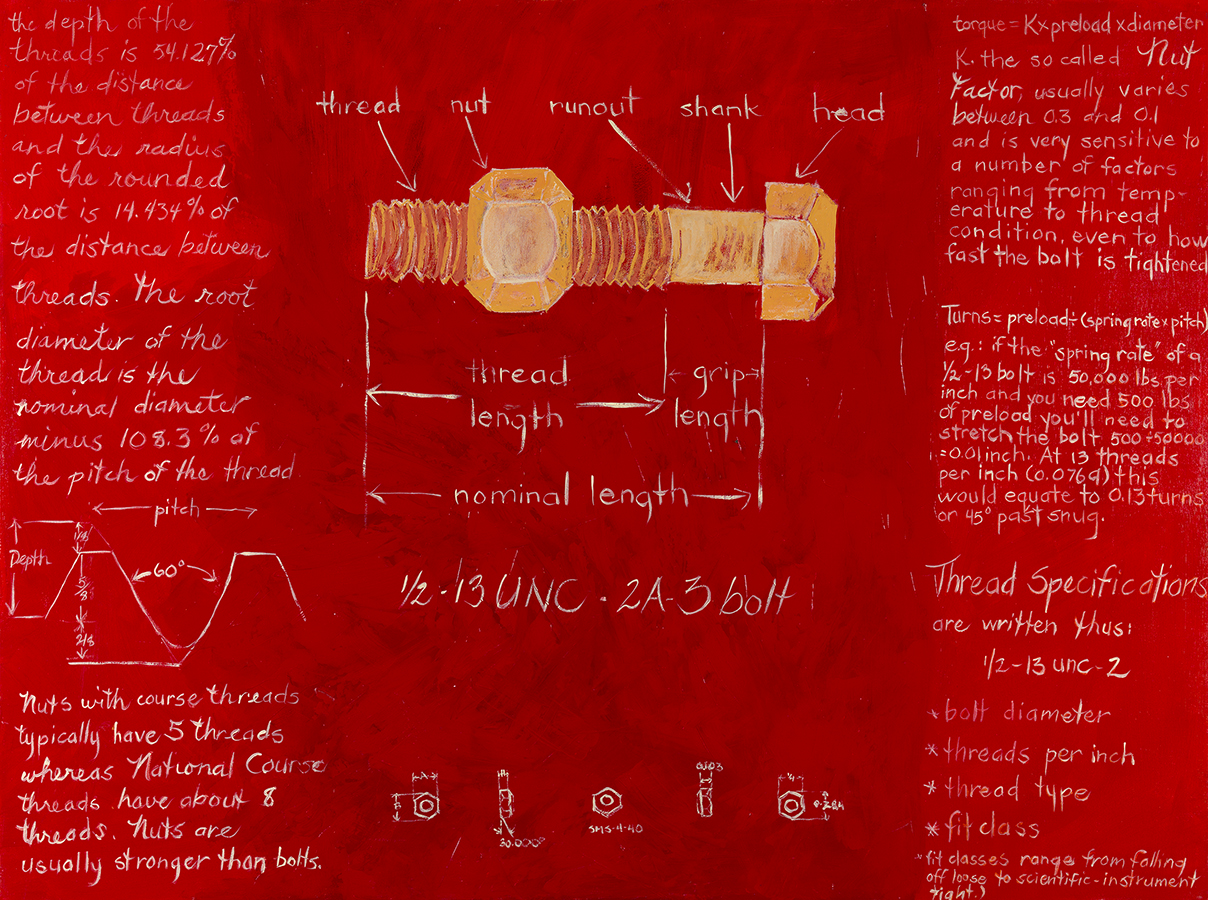
People with a preference for Sensing like to work with what’s tangible, factual and practical. They may:
- Like evidence (facts, details, and examples) presented first
- Want practical and realistic applications shown
- Use an orderly step-by-step approach
- Like suggestions to be straight-forward and feasible
- Value accuracy and precision
- Relish the present
- Let the facts pile up to find the trends
- Let the experience be their guide
- Respect and rely on time-honoured ways of doing things
- Prefer adhering to specific agenda in meetings
Intuiting (N)
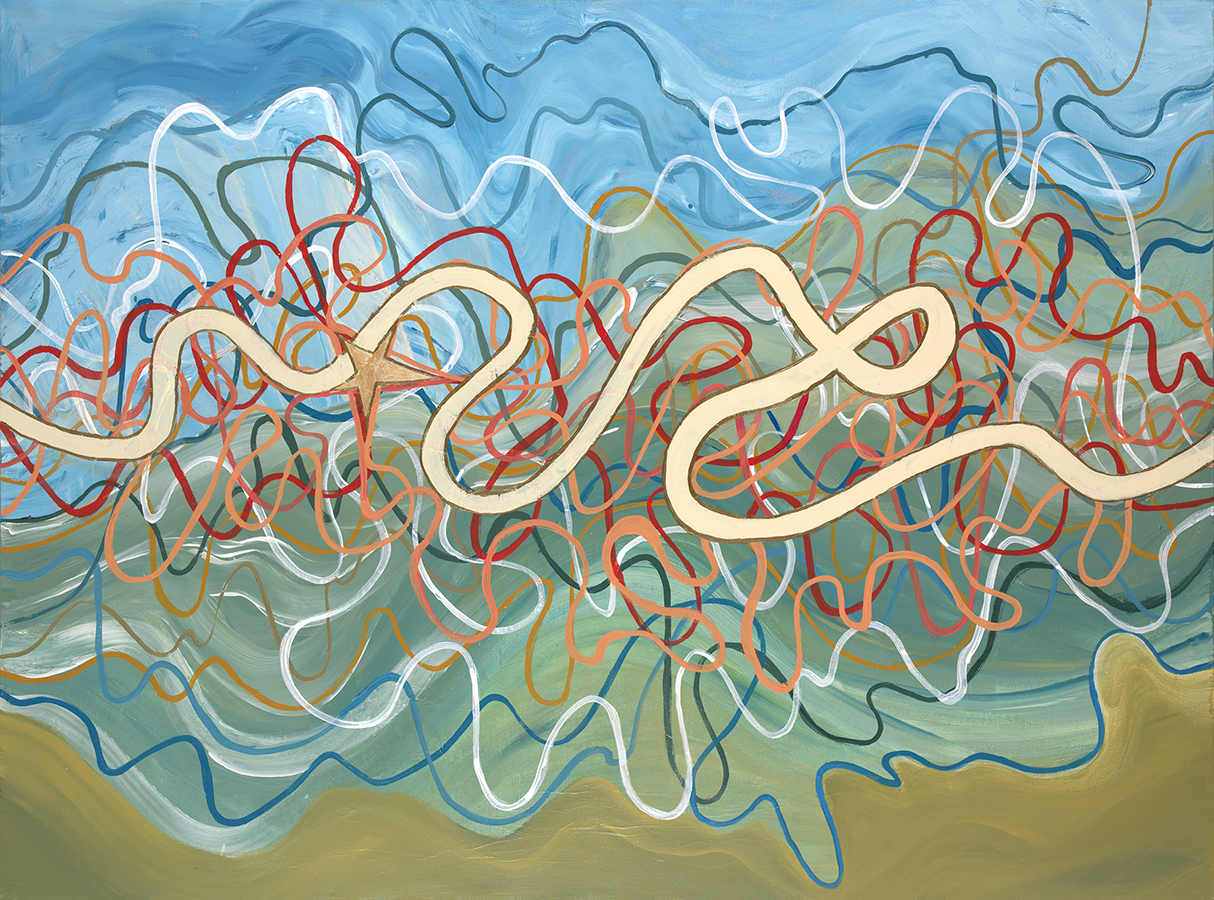
People with a preference for Intuition focus on the future with a view toward patterns and possibilities. They may:
- Like global schemes, with broad issues presented first
- Want possible future challenges discussed
- Rely on insights and imagination to provoke discussion
- Like suggestions to be novel and unusual
- Value insights and analogies
- Anticipate the future
- Generalize from one fact or happening to larger meanings
- Let imagination and ideas be their guide
- Want to know additional uses or possible innovations
Preference for making decisions
Thinking (T)
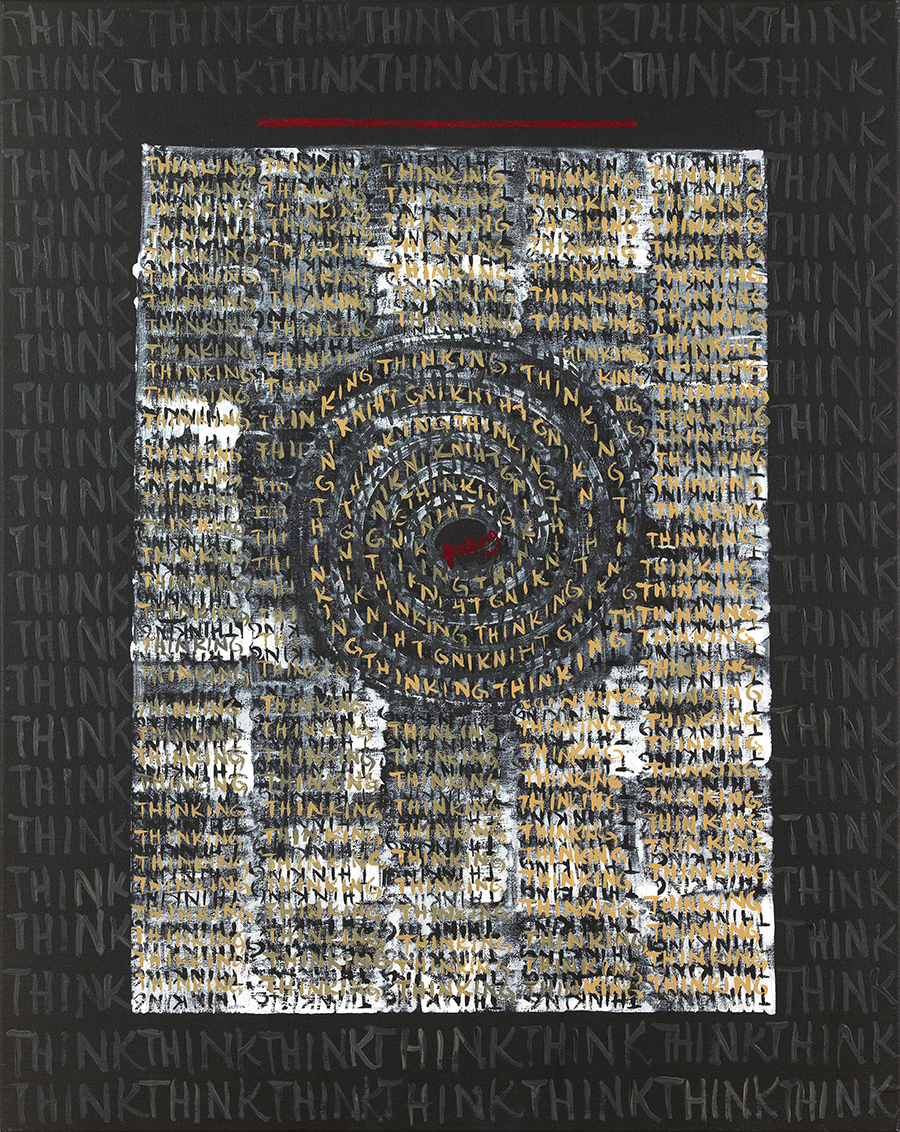
People with a preference for Thinking base their decisions on logic and objective analysis of cause and effect. They may:
- Prefer to be brief and concise
- Offer objective advice
- Convince by cool, impersonal reasoning
- Present goals and objectives first
- Demonstrate logic and clarity in actual decisions
- Seek to find the truth, influenced by objective reasoning
- Are concerned with the underlying principles behind a decision
- Tend toward skepticism and controversy
- Find incompetence stressful
- In meetings, seek involvement with the task first
Feeling (F)
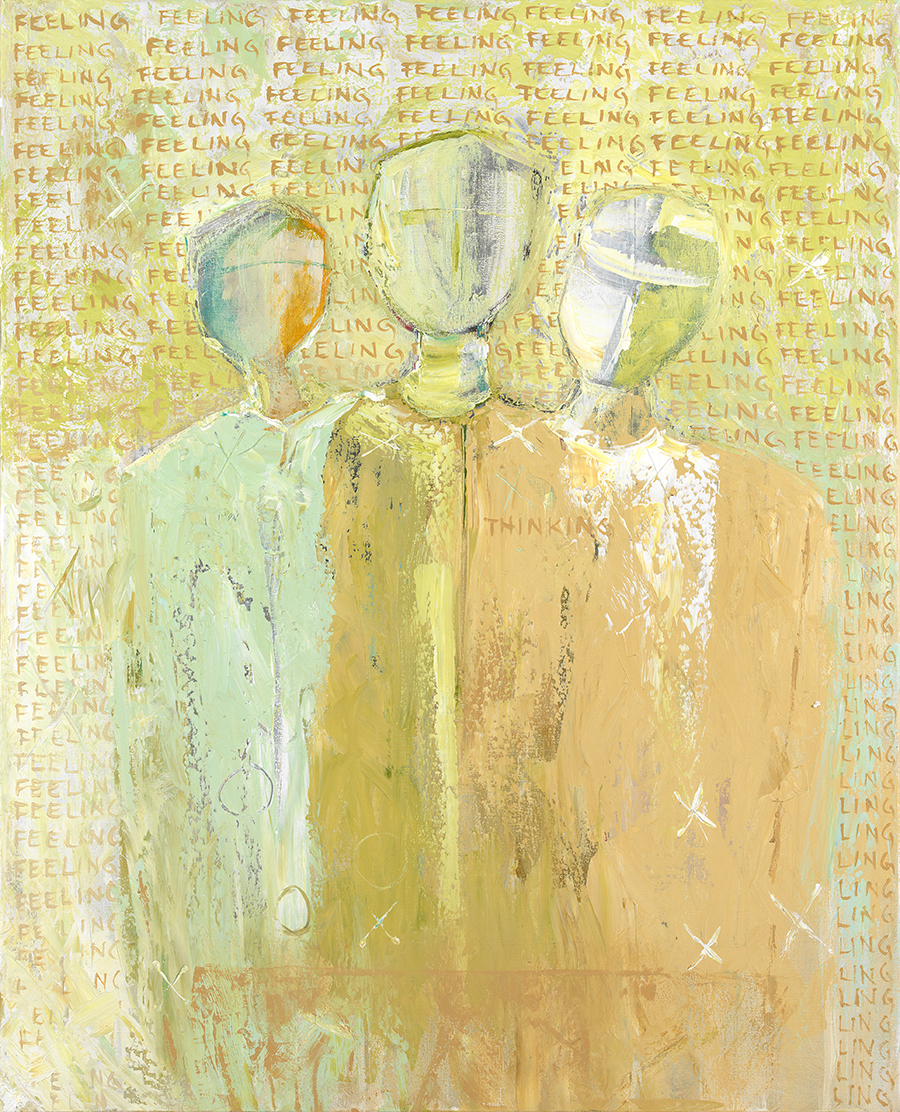
People with a preference for Feeling base decisions on values and on a subjective look at person-centered concerns. They may:
- Prefer to be sociable and friendly
- Offer supportive advice
- Are convinced by personal information, enthusiastically delivered
- Present points of agreement first
- Want to have a harmonious outcome
- Concern themselves with the impact the decision may have on people
- Tend toward acceptance and tolerance of others
- Prefer not to critique others but rather to find an appreciative comment
- Find lack of cooperation stressful
Preferred way of interacting with the world
Judging (J)

People who prefer Judging like a planned and organized approach to life and prefer to have things settled. They may:
- Expect others to follow through and count on it
- Plan their work and work their plan
- Talk of purpose and direction
- State their positions and decisions clearly
- Schedule their time, setting dates and making arrangements
- Make decisions quickly, putting a stop to seeking new information
- Find surprises or interruptions an annoyance
- Want to have things settled in advance
- Focus on tasks and timetables
- Reach closure by deciding quickly
Perceiving (P)
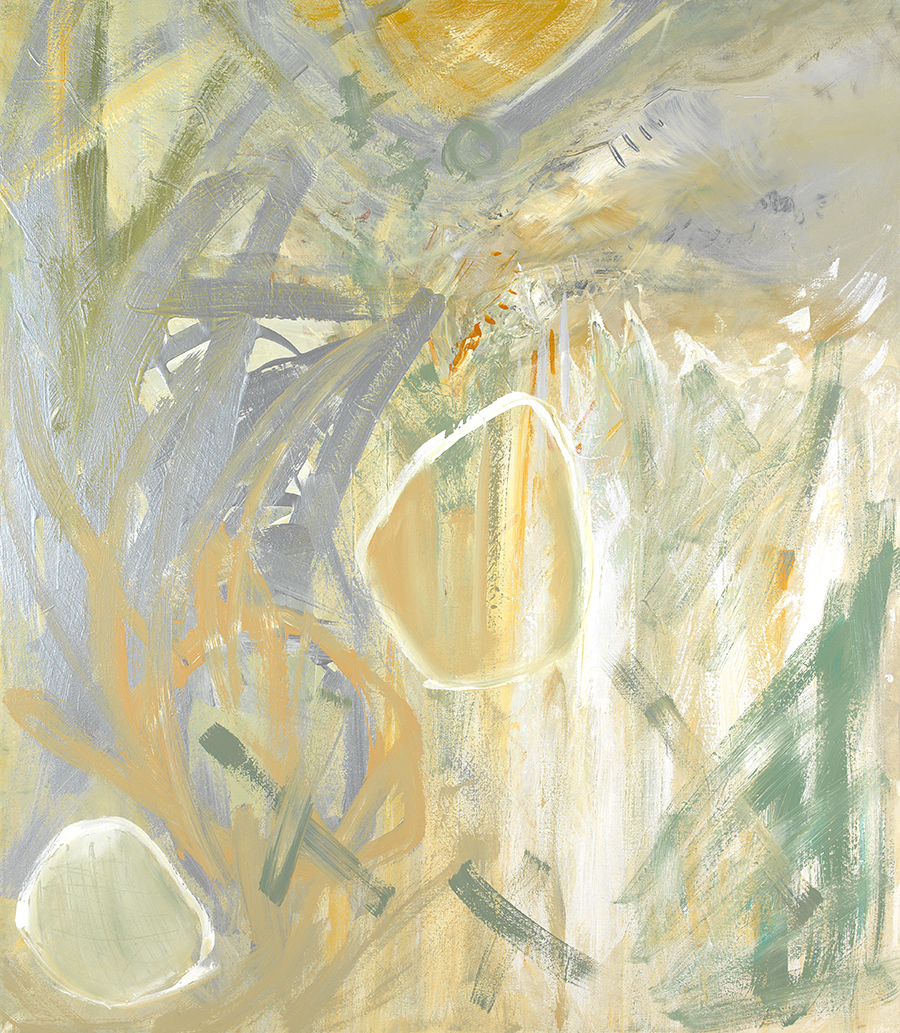
People with a preference for Perceiving like a flexible and spontaneous approach to life. They may:
- Enjoy considering new information, putting off final decisions
- Present their views as tentative and modifiable
- Communicate options and opportunities
- Value autonomy and flexibility
- Solve problems as they arise
- Leave scheduling options open as long as possible
- Find surprises or interruptions a welcome distraction
- Prefer to face challenges with spontaneity
- Focus on process and options
- Trust that next steps will appear when needed
Images © Sandy McMullen 2007
